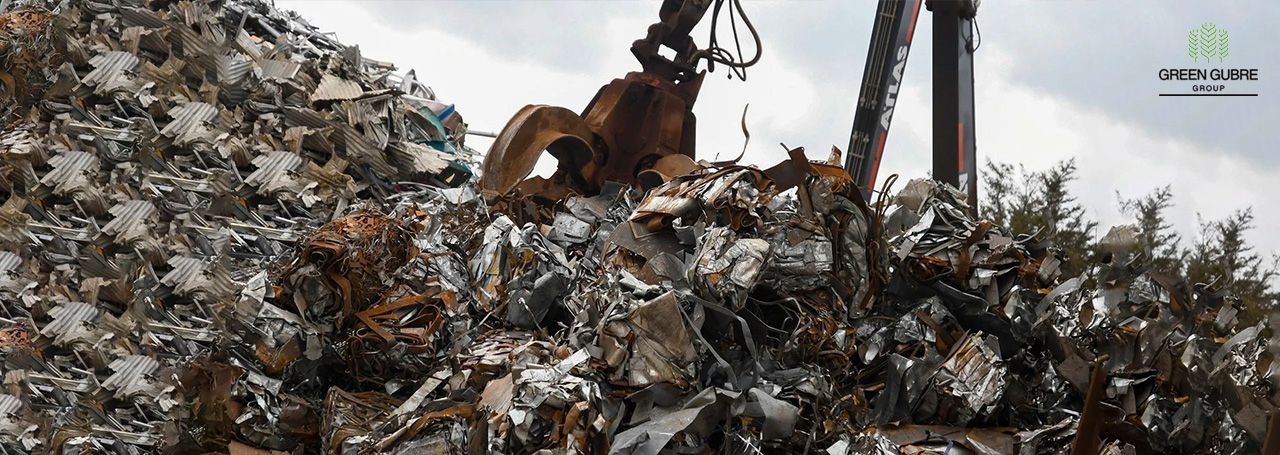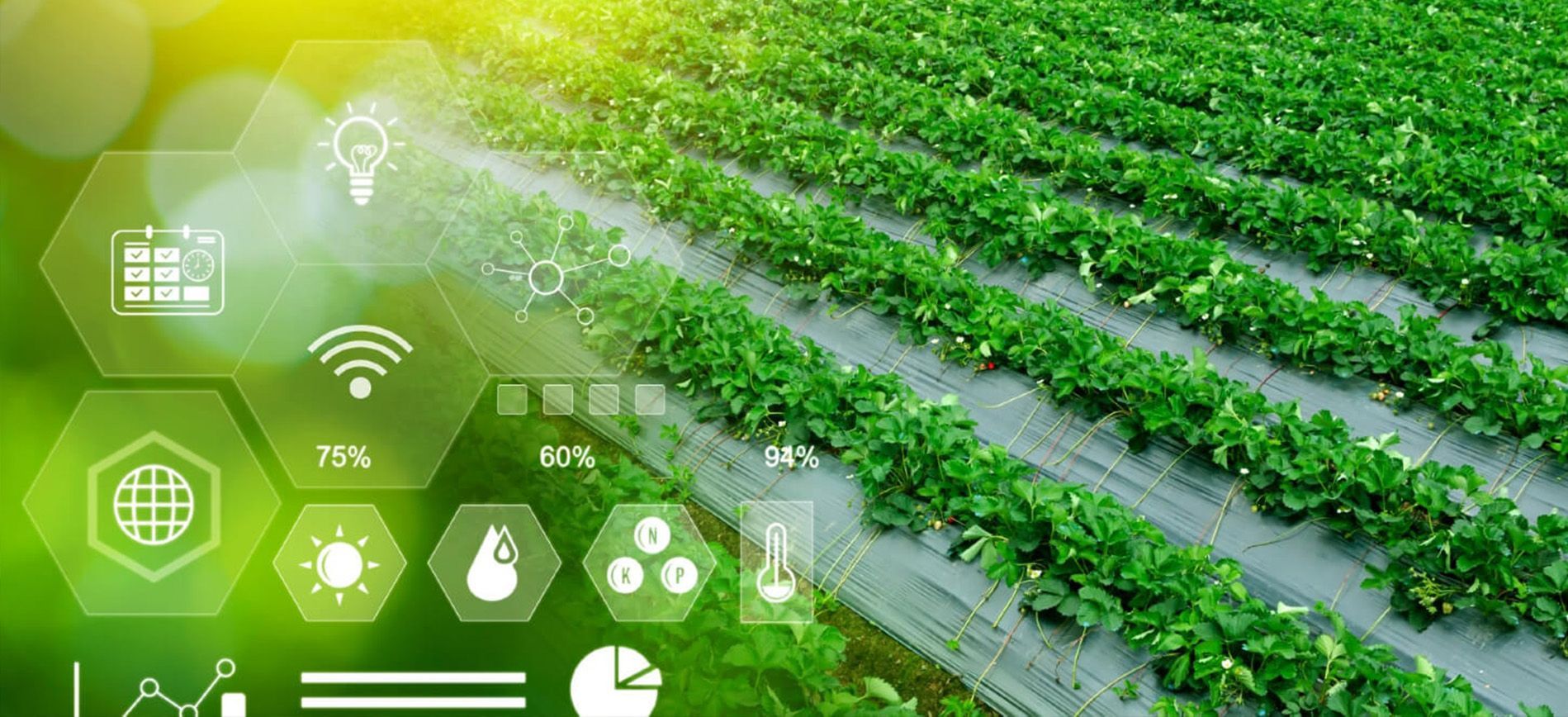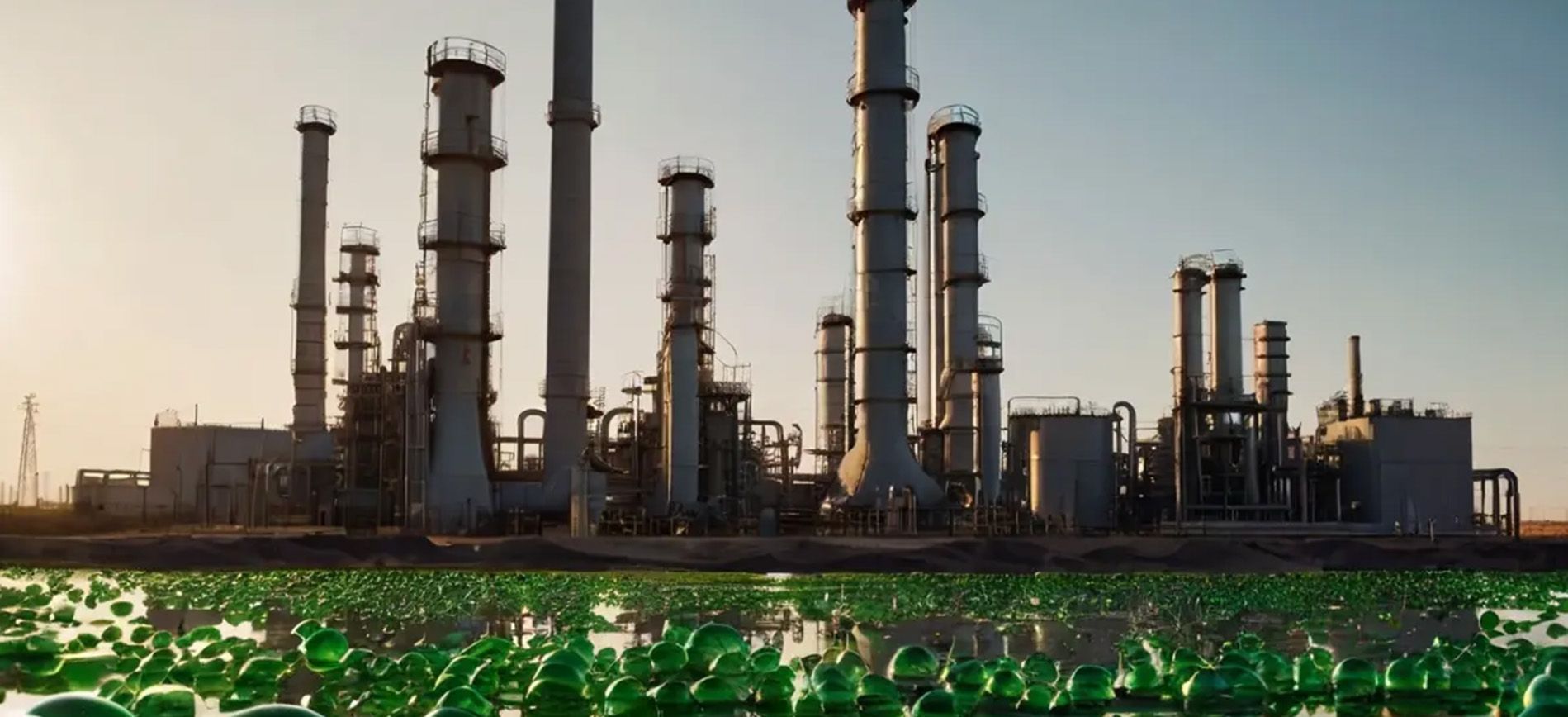The Growing Importance of Scrap Steel in Sustainable Manufacturing
The Growing Importance of Scrap Steel in Sustainable Manufacturing

As industries worldwide seek to adopt more sustainable practices, the role of scrap steel in steel production is becoming increasingly significant. Scrap steel, which consists of recycled steel products, plays a critical part in reducing carbon emissions and energy consumption during steel manufacturing. This blog explores scrap steel's benefits, processing methods, and growing importance in sustainable steel production.
What is Scrap Steel?
Scrap steel refers to discarded or leftover steel from various industrial processes or end-of-life products. These materials are collected, processed, and recycled into new steel products, making scrap steel a crucial component in modern steelmaking, especially in electric arc furnaces (EAFs), which rely primarily on recycled steel.
The Growing Demand for Scrap Steel:
1. Rising Environmental Awareness:
Increased awareness of climate change and environmental degradation has surged demand for sustainable materials. Scrap steel reduces the need for virgin iron ore extraction and helps cut down on carbon emissions during steel production.
2. Cost-Effective Production:
Recycling steel is more energy-efficient than producing steel from raw iron ore. Scrap steel can be melted down and reformed into new products with a fraction of the energy required in traditional blast furnace processes.
3. Circular Economy Practices:
The concept of the circular economy—where materials are reused and recycled—has encouraged industries to adopt scrap steel in their manufacturing processes. This reduces the environmental impact of steel production while creating a continuous supply of materials.
Processing Scrap Steel:
1. Collection and Sorting:
Scrap steel is collected from various sources, including construction debris, old vehicles, and end-of-life machinery. The scrap is then sorted into ferrous (iron-based) and non-ferrous materials to ensure only steel is sent for recycling.
2. Shredding and Melting:
The scrap is shredded into smaller pieces and melted in electric arc furnaces. EAFs are more energy-efficient than blast furnaces, and because they rely primarily on recycled steel, they generate lower carbon emissions.
3. Purification and Refining:
Once melted, impurities like carbon and sulfur are removed, and the molten steel is refined to meet the desired specifications. Alloying elements can be added to produce specialized grades of steel.
4. Forming New Products:
After refining, the molten steel is cast into slabs, billets, or ingots, which are then processed into various steel products such as beams, pipes, and sheets. These products are reintroduced into the industrial supply chain, completing the recycling loop.
Environmental Benefits of Scrap Steel:
1. Reduced Carbon Emissions:
Recycling steel significantly reduces greenhouse gas emissions. Producing steel from scrap requires 60% less energy than producing steel from iron ore, leading to lower carbon emissions and a smaller environmental footprint.
2. Energy Conservation:
Scrap steel recycling conserves energy by reducing the need for energy-intensive mining and ore processing. For every ton of steel recycled, approximately 1.5 tons of iron ore and 0.5 tons of coal are saved.
3. Waste Reduction:
Recycling scrap steel reduces the volume of waste sent to landfills and prevents old steel products from becoming environmental pollutants. This contributes to better waste management and environmental sustainability.
4. Resource Preservation:
By recycling steel, industries reduce their dependence on natural resources like iron ore and coal, which are finite. This helps preserve these resources for future generations and promotes sustainable resource management.
Applications of Recycled Steel:
1. Construction Industry:
Recycled steel is widely used in the construction industry for building infrastructure such as bridges, skyscrapers, and transportation systems. The strength and durability of recycled steel make it ideal for structural components.
2. Automotive Industry:
The automotive industry relies on scrap steel to manufacture vehicle frames, engines, and body panels. The use of recycled steel helps reduce production costs and makes the automotive sector more sustainable.
3. Machinery and Industrial Equipment:
Scrap steel is commonly used to manufacture machinery and industrial equipment, including agricultural and mining tools. Recycled steel offers the same strength and reliability as virgin steel, making it a viable material for industrial applications.
4. Consumer Goods:
From appliances to furniture, many consumer goods are made from recycled steel. The environmental benefits of using scrap steel extend to these everyday products, helping manufacturers lower their carbon footprint.
The Future of Scrap Steel in Sustainable Manufacturing:
As governments and industries worldwide adopt stricter environmental regulations, the role of scrap steel in manufacturing will continue to expand. The steel industry is investing in new technologies to improve the efficiency of recycling processes and increase the use of scrap steel in production.
1. Electric Arc Furnaces (EAFs):
With the growing adoption of EAFs, which rely heavily on scrap steel, steel production is becoming more energy-efficient and sustainable. EAFs are expected to play a dominant role in the future of steelmaking, further reducing the need for iron ore mining.
2. Technological Innovations:
Innovations such as advanced sorting technologies and more efficient recycling processes are helping to maximize the amount of scrap steel that can be recovered and reused. These advancements are vital for meeting global sustainability goals.
3. Circular Economy Policies:
Governments and organizations are promoting circular economy policies that encourage recycling and reuse. Scrap steel is at the forefront of these efforts, supporting sustainable industrial practices and reducing waste.
Conclusion:
Scrap steel is an invaluable resource for the steel industry, offering numerous environmental, economic, and social benefits. Its use in steel production helps reduce carbon emissions, conserve energy, and preserve natural resources. As industries transition to more sustainable manufacturing practices, scrap steel will continue to play a pivotal role in shaping the future of steelmaking. By embracing scrap steel, manufacturers contribute to a more sustainable world while maintaining the high-quality standards of steel production.




